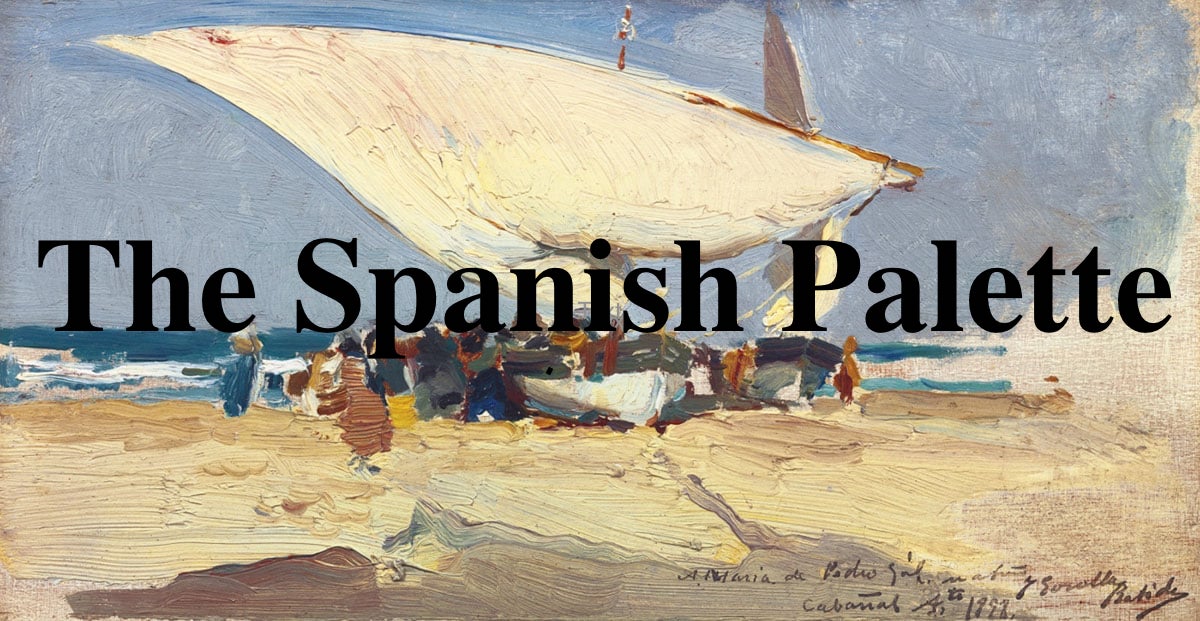The Valencian Sistine Chapel: San Nicolás church.
When traversing the charming streets of Valencia, you're bound to stumble upon the Parish of San Nicolás, a true masterpiece of both pictorial and architectural artistry. This historical gem lies on Caballeros Street, at the border between the vibrant neighborhoods of El Carme and El Mercat. The church's rich history and distinctive blend of architectural styles make it a must-visit destination.
A Peek into History
The roots of the Parish of San Nicolás reach back to the 13th century when King James I laid the foundation for the so-called "First Christian parishes" upon his arrival in Valencia in 1238. Over the years, this temple has evolved into a captivating fusion of Gothic structure from the 15th century and baroque embellishments dating back to the 17th century.
A significant renovation project spearheaded by the illustrious Borja/Borgia family between 1419 and 1455 ushered in the Gothic influences that define the church's early 15th-century aesthetic.
The church's full name is the Parish of San Nicolás de Bari and San Pedro Mártir. Saint Nicholas, also known as Nicholas of Bari, was a bishop from Mira, Turkey, whose remains were interred in the city of Bari, Italy. The saint is celebrated for his numerous miracles and often referred to as Nicholas the Wonderworker. On the other hand, San Pedro Mártir is not the apostle, but a 13th-century martyr from Verona.
The churrigueresque decorations, attributed to artist Antonio Palomino and executed by his disciple Dionís Vida in 1700, adorned the church's interiors. Both painters are immortalized on a wall adjacent to the Gothic rose window at the main entrance.
Within the confines of San Nicolás, visitors can feast their eyes on a staggering 2,000 square meters of frescoes. The visual splendor of this artistic wonder is truly captivating.
This architectural marvel earned the distinction of being named a National Artistic Historical Monument in 1981.
Some experts have drawn comparisons between the Parish of San Nicolás and the renowned Sistine Chapel in the Vatican. In fact, Gianluigi Colalucci, the director of the last restoration of the Sistine Chapel, was consulted for advice on restoring the frescoes in Saint Nicholas.
The Restoration Effort
The intricate restoration process of this Baroque masterpiece, required the collaborative efforts of a multidisciplinary team from the Polytechnic University of Valencia. The restoration work extended beyond the frescoes to encompass the chapels, facades, and stained glass windows in the church.
To restore the church, the dedicated team invested more than 41,000 hours of labor, using 6,000 sheets of Japanese paper, 10,000 liters of distilled water, 500 brushes, and 100 kilograms of cotton wool. Cutting-edge techniques, such as laser technology and specialized bacteria, were deployed to revive the original colors and contrast of the paintings.
Thanks to these painstaking efforts, we can now relish the breathtaking view within the Saint Nicholas Church.
Legends Surrounding Saint Nicholas and Saint Peter Martyr
Now intriguing but apocryphal legend connected to Saint Nicholas suggests that he once encountered a large surprise at a tavern. The story tells of an innkeeper who served Saint Nicholas a dish of meat, only for the saint to discover that it was human flesh. In the cellar of the tavern, the remains of three teenagers were found, and miraculously, they were said to have been resurrected at the command of Saint Nicholas. As a result, Saint Nicholas is sometimes depicted with a cauldron from which the three resurrected children emerge.
The lesser-known protector of the church, Saint Peter Martyr, also known as Saint Peter of Verona, was a Dominican friar and priest who lived in northern Italy. Saint Peter Martyr met a tragic end in 1252 when he was killed with a knife or an ax during a suspected heretical plot. It is said that after the fatal blow, Saint Peter got up on his knees and recited the first part of the Apostles' Creed. He is often depicted with the weapon stuck in his head.
The Parish of San Nicolás stands as a living testament to the confluence of history, art, and legend, offering visitors a unique and captivating journey through time and culture.










Comments
Post a Comment